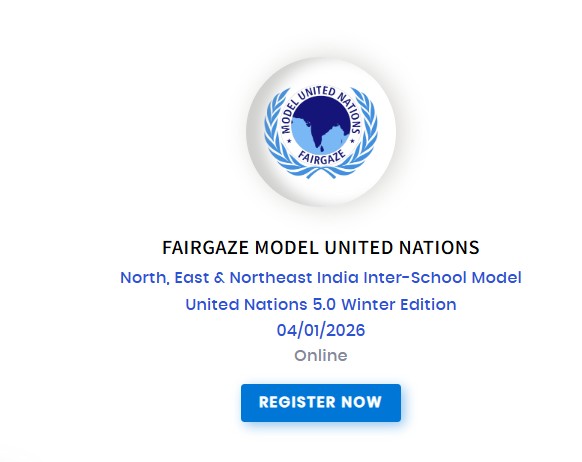
Match Fixing: A Big Issue
General News | Nov-18-2021
Sport match-fixing has emerged as a complex global problem. The purpose of this study is twofold. First, it critically reviews how match-fixing is typified as a policy problem. Second, it advances an analysis of the legal framework and regulatory system for sports betting as a causal source for ‘routinized’ match-fixing.
Design/methodology/approach: This study extracts and synthesizes (cross-national) materials from policies, media releases, and scholarly works on the subject of match-fixing and sports betting. The analysis is framed by the contrasts between rational choice and sociological institutionalist approaches.
Findings: Match-fixing is typically attributed to: (1) criminal organizations and illegal sports betting; (2) vulnerable individuals; and (3) failure of governance on the part of sports organizations. Each cause holds assumptions of utility-maximizing actors and it is argued that due consideration is given to the fundamental risks inherent in legal sports betting regimes.
Match-fixing is the act of playing or officiating a match to achieve a pre-determined result, violating the rules of the game and often the law. There are many reasons why match-fixing might take place, including receiving bribes from bookmakers or sports bettors, and blackmail. Competitors may also intentionally perform poorly to gain a future advantage, such as a better draft pick or to face an easier opponent in a later round of competition. A player might also play poorly to rig a handicap system. Match-fixing, when motivated by gambling, requires contacts (and normally money transfers) between gamblers, players, team officials, and/or referees. These contacts and transfers can sometimes be discovered, and lead to prosecution by the law or the sports league.
Government Senior Secondary School Bopara
Related News
-
The Effect of Gamification on Student Motivation
-
The Role of Mental Health Resources on Campus
-
Significance of Infrastructure Development in India
-
Data Analytics Adopted by High School Sports Teams
-
Importance Of Basic Mathematics Skills
-
Is Photography a Good Career Option?
-
Essay on Issues and Challenges of Rural Development in India
-
Technological Advancements in the Field of Badminton
-
Steps to Manage Stress and Deal with Peer Pressure
-
Should Parents Punish Their Children For Every Mistake?
Most popular news
- The Law Of Equivalent Exchange
- Essay On Issues And Challenges Of Rural Development In India
- Srinivasa Ramanujan And His Inventions
- The Youth Is The Hope Of Our Future!
- Poverty In India: Facts, Causes, Effects And Solutions
- Top 20 Outdoor Games In India
- Festivals Of India: Unity In Diversity
- Role Of Women In Society
- The Impact Of Peer Pressure On Students' Academic Performance
- Books As Companion




